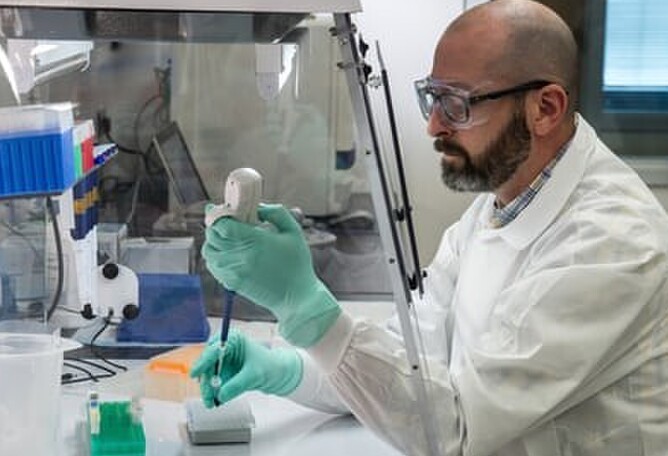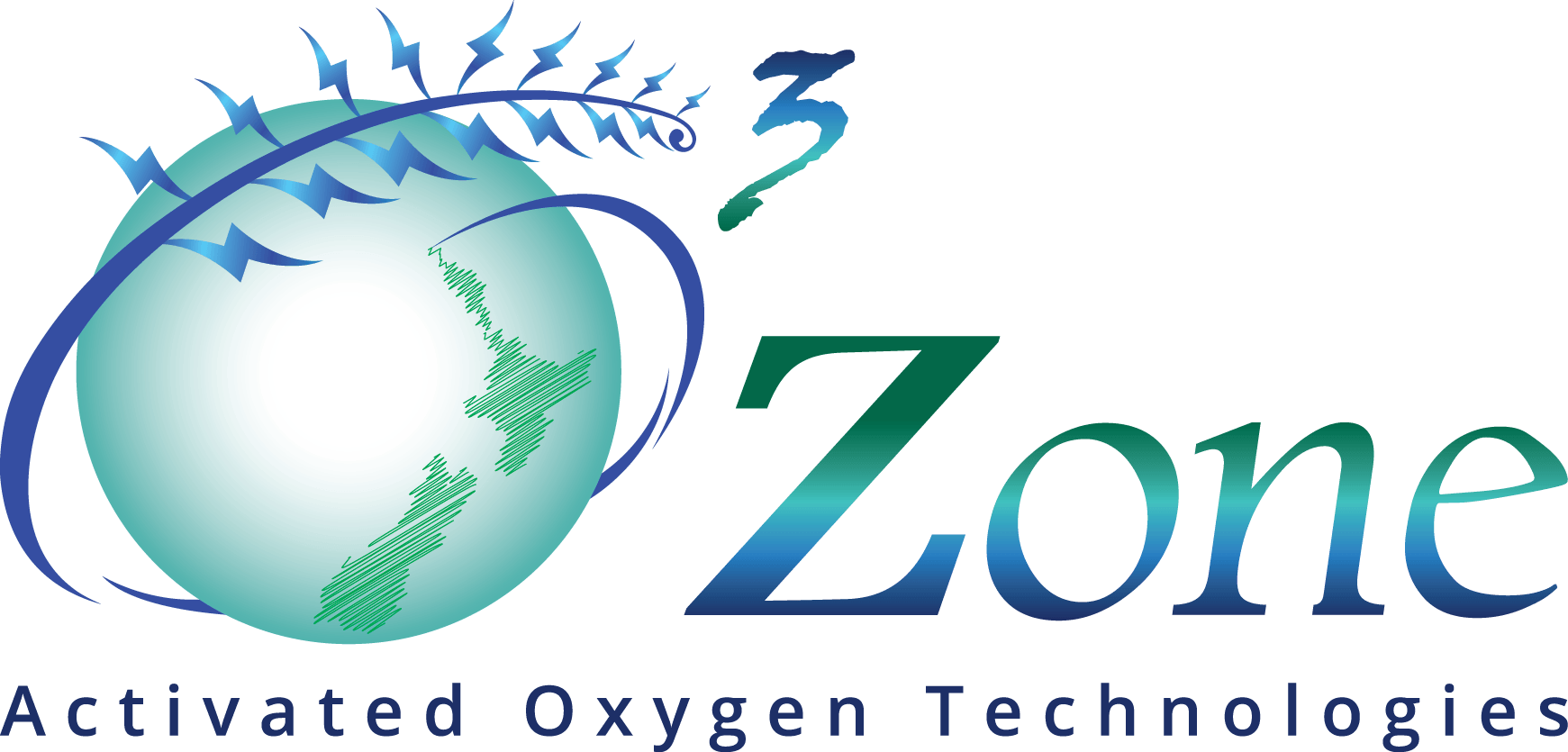Hudson et al. (2009) have developed an ozone gas-based portable apparatus to decontaminate the buildings such as the rooms in health-care facilities, hotels, etc using the anti-viral properties of ozone. They tested against 12 viruses, which include influenza, strain H3N2, etc., and including the mouse coronavirus (MCV) in DBT cells. They observed that at the peak ozone gas concentration of 20–25 ppm, it required only a short-period of high-humidity (relatively humidity of >90%) to reach the maximum anti-viral efficacy.
Furthermore, their experiment also emphasized that the nature of surface on which the samples containing the inoculum was placed did not affect the result. Interestingly, the materials like plastics, glass, cotton, stainless steel and fabrics showed the same level of inactivation. The study also highlighted that the size of the inoculum, degree of dilution of virus, and presence of any cellular debris also did not influence the anti-viral efficacies. This study also showed that when specific amounts of virus were sprayed in 2 chambers with and without ozone gas, 99% of viruses were inactivated in the chamber sprayed with ozone gas. They also highlighted that there was not even a single virus which was resistant to ozone.


